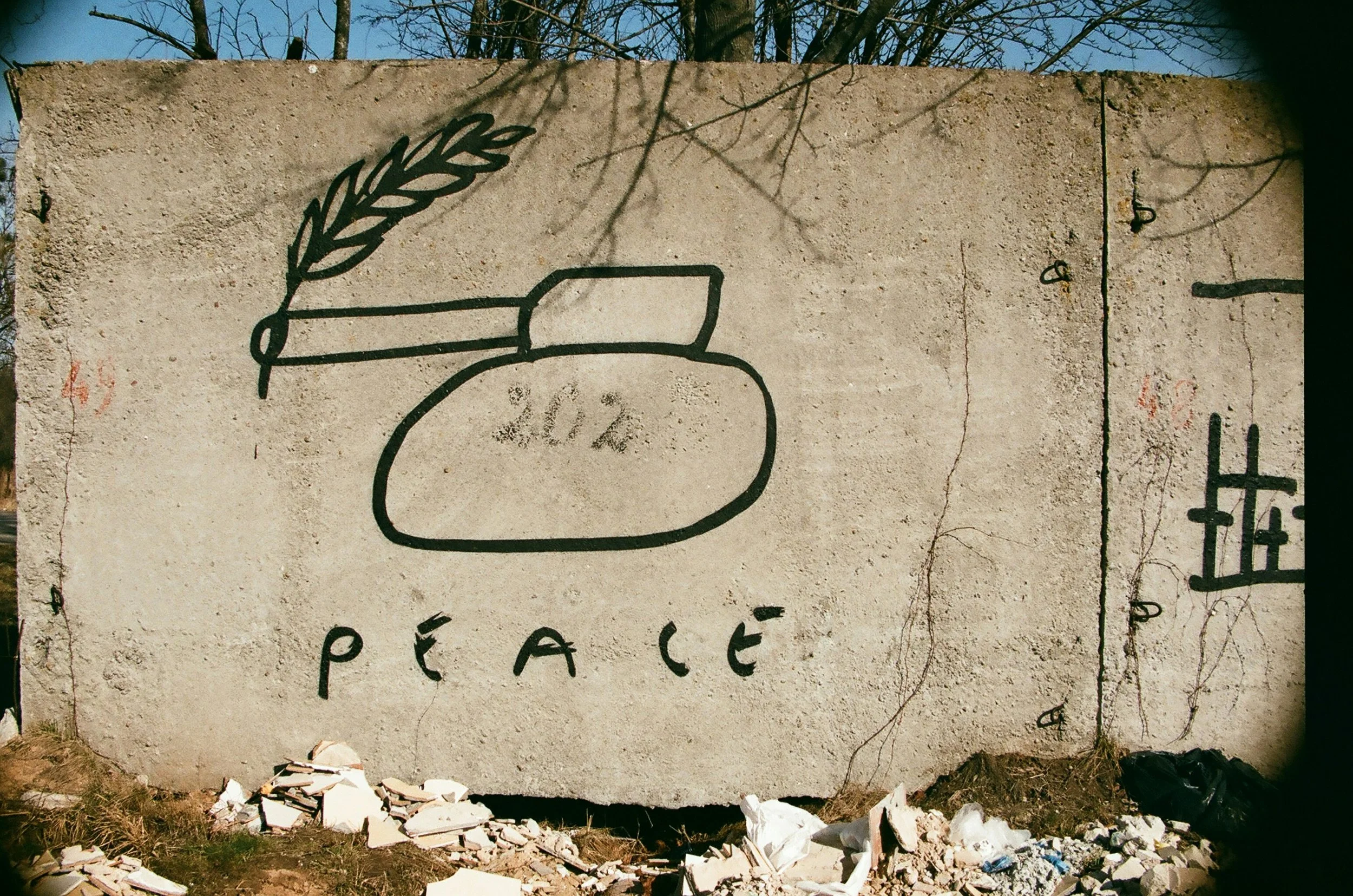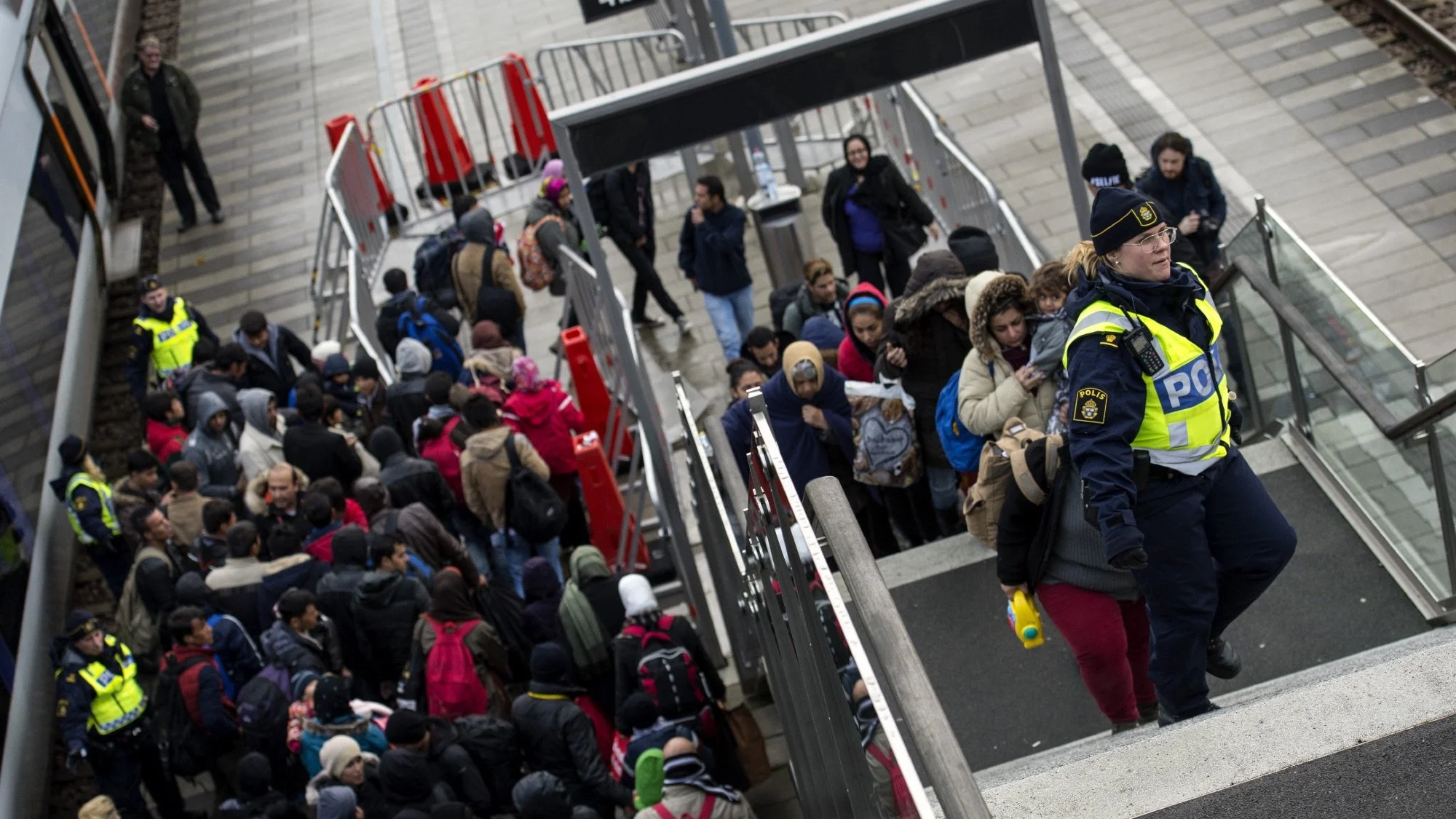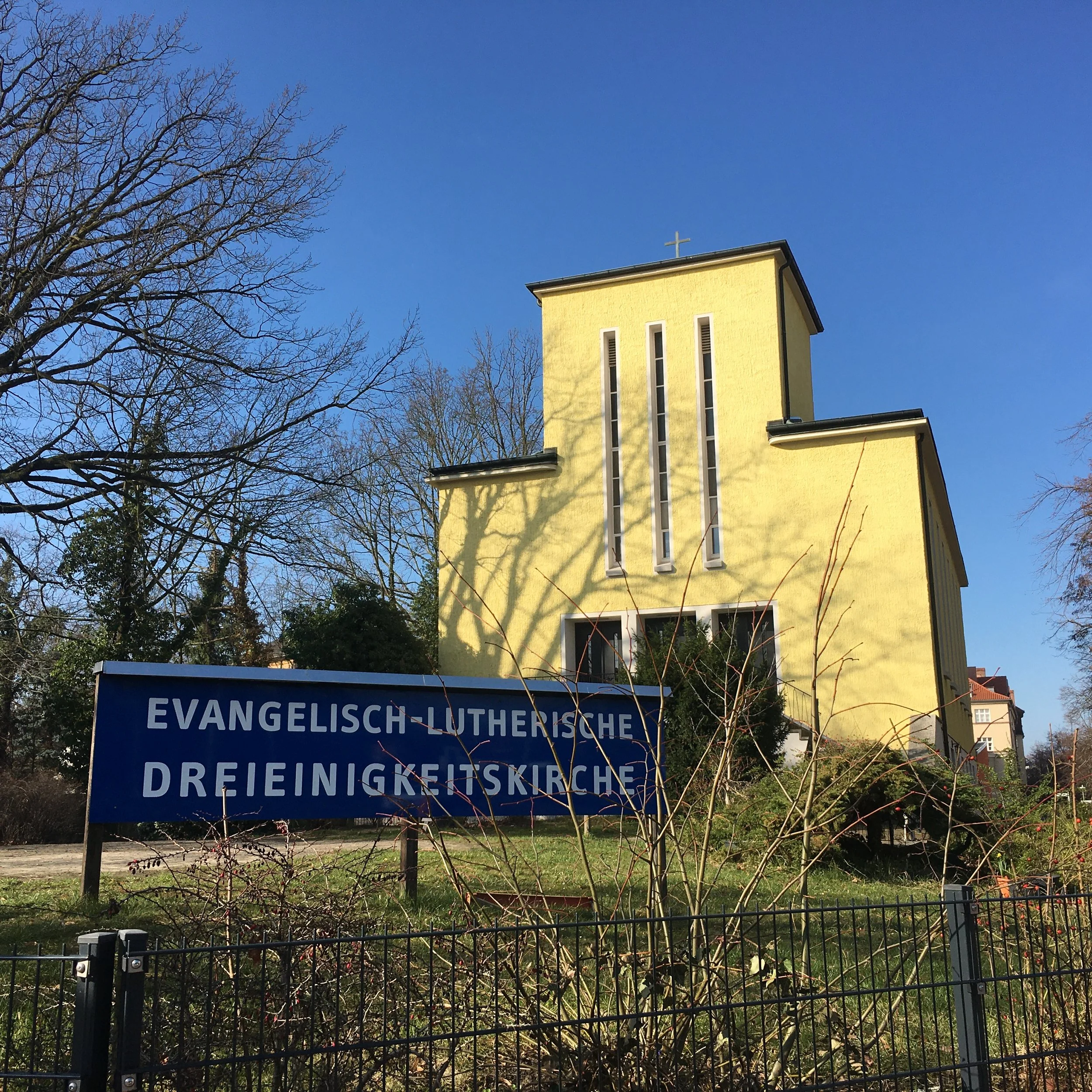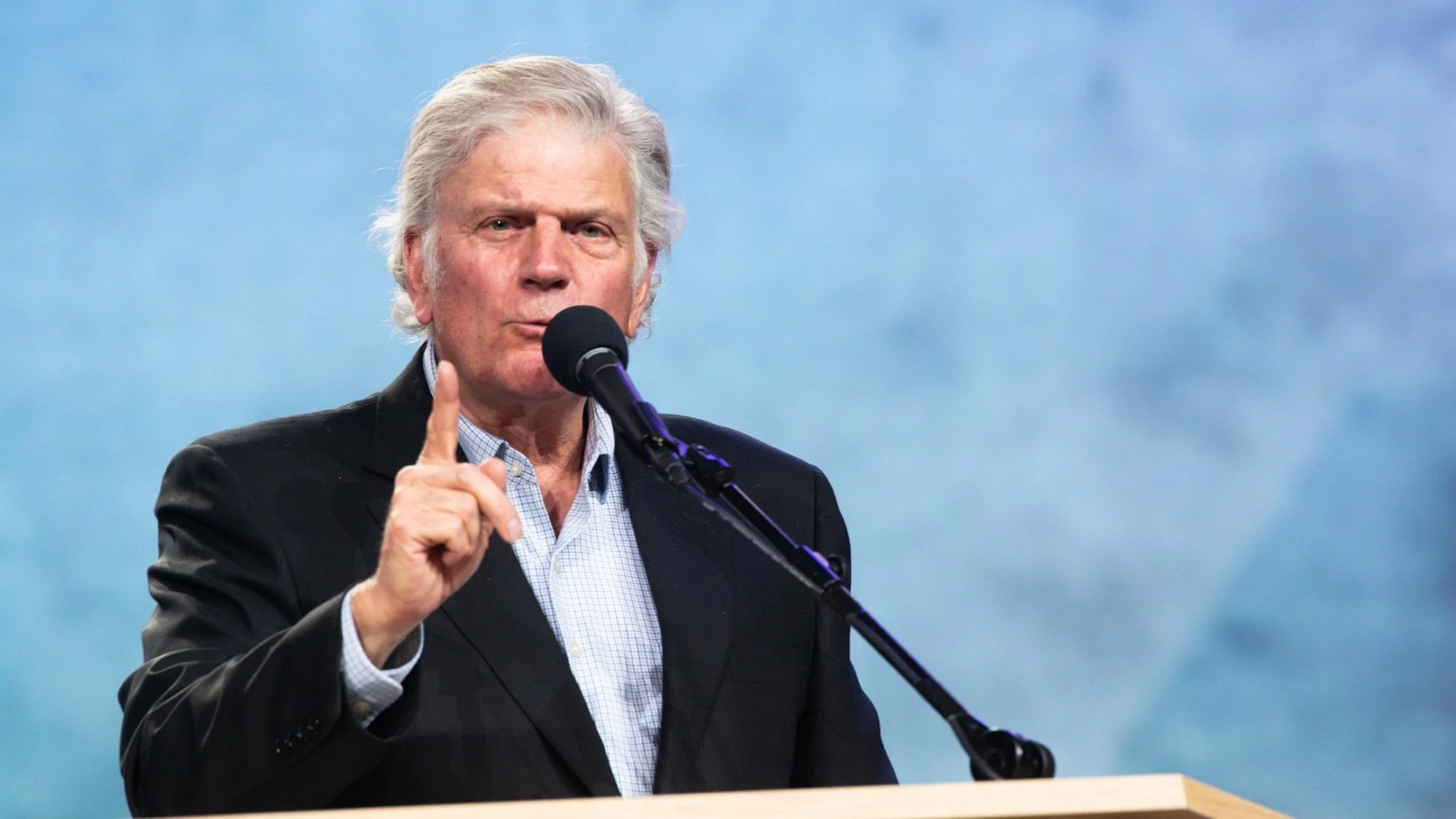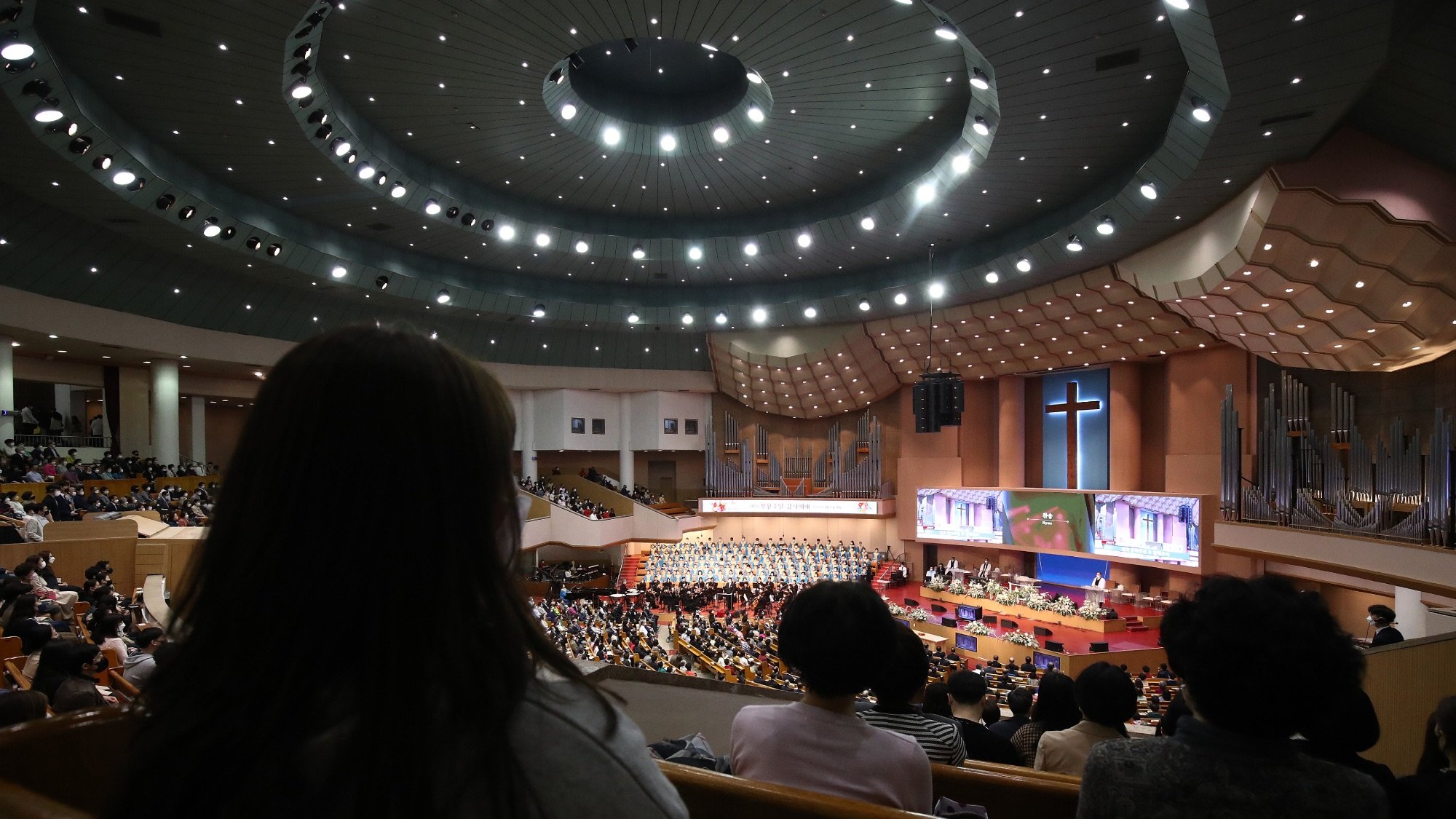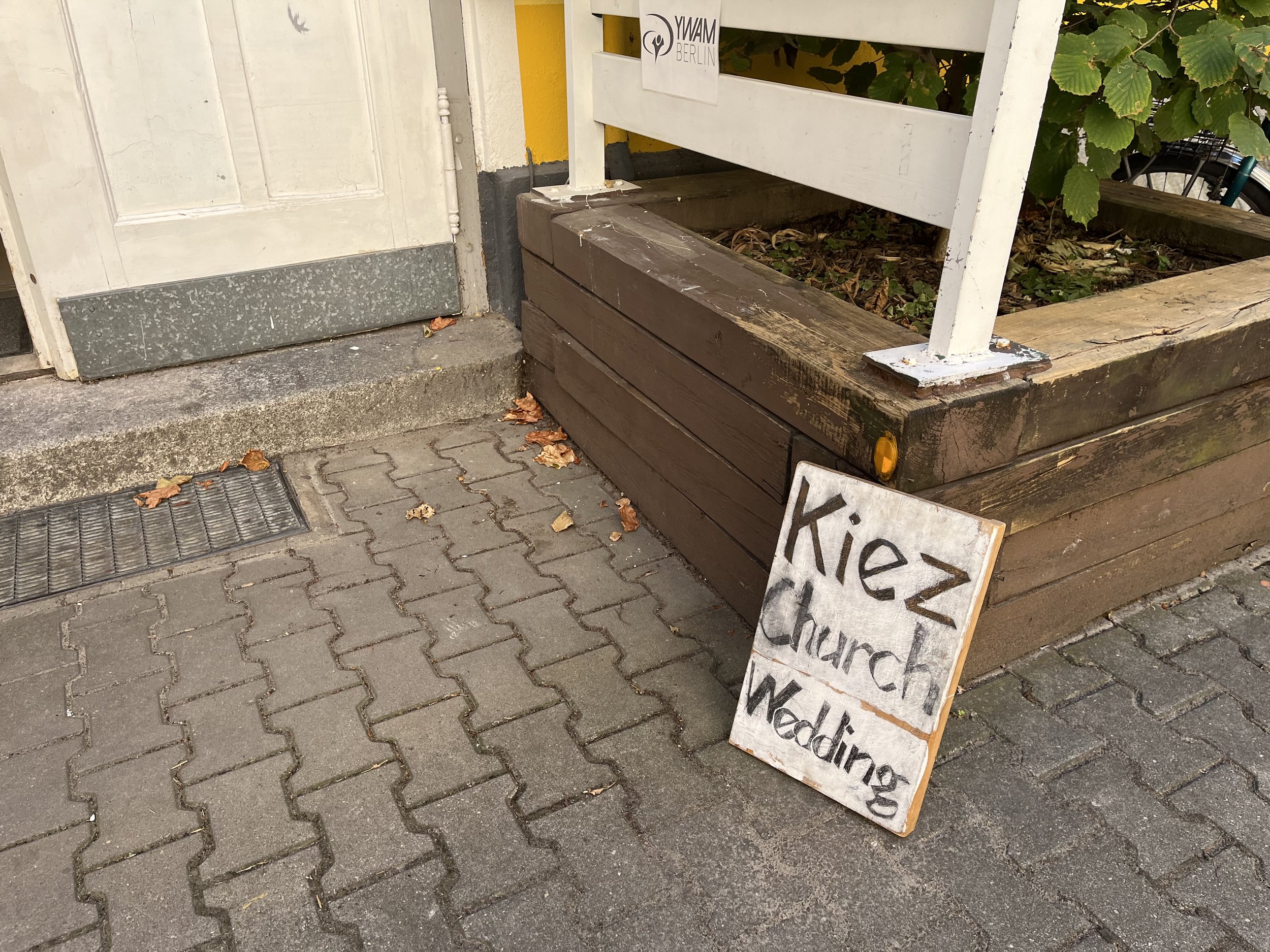Over the last ten centuries, Eisenach, Germany’s Nikolaikirche has witnessed its share of war and civil strife, dictators and destruction. But tonight, in the encroaching darkness of early autumn, its Romanesque stone arches are bathed in candlelight, emanating from stations set up to invite visitors to pause and say a prayer—for peace, for an end to violence, for reconciliation.
Gabriele Phieler, a pastor and retired superior of the Deaconess House Foundation in Eisenach, said the event is a potent reminder of Jesus’ emphasis on reconciliation and historical, Christian convictions about the priority of finding diplomatic solutions to serious conflicts.
Even so, Phieler said, questions of war and peace are never easy to answer, especially in a time when European nations are increasing their military capabilities, expanding armed forces, acquiring more advanced weaponry, and boosting defense spending. And given the spreading fear of further Russian aggression in the east, Phieler also understands those Christians who want to defend and protect the country from potential aggression.
But tonight, as the flicker of flames plays across centuries-old walls that have witnessed times of turmoil and reconciliation alike, she hopes attendees will simply come together to pray and trust in God for peace.
Across the centuries, Europe’s churches blessed armies and prominently called for, or supported, wars in the name of God. At the same time, a counter-tradition of Christian pacifism has persisted. From Anabaptists, Mennonites and Quakers in the 16th and 17th centuries to the Catholic peace group Pax Christi after World War II, various believers in Europe have argued that following Christ means fundamentally rejecting violence.
Russia’s invasion of Ukraine in 2022, and the fear of potential future aggression in Eastern European nations like Poland, Estonia, or Romania, has brought that tradition under strain, with pacifist networks urging negotiation and reconciliation while others inside the churches insist military support is essential, reviving an old European argument over what Christian peacemaking really looks like.
Public debates reveal a polarized landscape.
